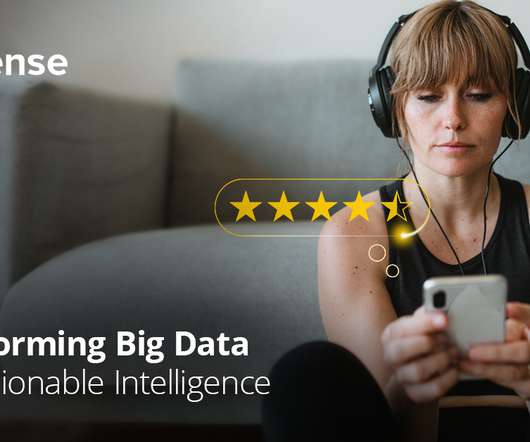Data Mining vs Data Warehousing: 8 Critical Differences
Analytics Vidhya
MAY 29, 2023
The two pillars of data analytics include data mining and warehousing. They are essential for data collection, management, storage, and analysis. Both are associated with data usage but differ from each other.





















Let's personalize your content